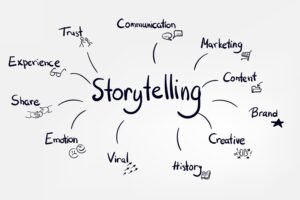As a hearing healthcare professional, you are fully aware that you regularly work with people with disabilities. However, do you ever think about making your website accessible to people with disabilities?
In truth, most people only think about creating websites for people with “normal” abilities. If your website is not accessible to people with disabilities, you may be missing out on patients who would help your practice grow.
In the United States, web accessibility is regulated by the Americans with Disabilities Act (ADA). So, if your practice is located in the United States, it is more than simply a good idea to create an accessible website–it is required.
In addition to being ADA-compliant, an accessible website allows you access to a large portion of the population who would otherwise have difficulty accessing your website. The U.S. Census Bureau reports that nearly one in five Americans has a disability. By ensuring that your website is accessible, you gain access to another fifth of the population.
Here are a few simple ways you can ensure that your website is accessible and can be effectively used by people of all abilities:
- Include text explanations for visual and video assets.
Website visitors with disabilities may not be able to clearly see, hear, or understand visual or video assets. As a hearing professional, you are certainly familiar with those who cannot clearly hear and understand video assets. By including text explanations, you can ensure that they receive the same information as a visitor who is not disabled.
- Feature clearly written content.
Overall, your website content should be clear, concise, and easy to understand. When creating your content, it can be helpful to consider the following three types of disabilities:
- Vision difficulty: Your content should be easy to understand when listened to aloud with the use of assistive devices.
- Learn difficulty: Your content should be easy to understand.
- Cognitive difficulty: Your content should be easy to focus on.
By featuring clear and concise content, you can help to ensure that your website content is accessible to all people.
- Ensure your website is accessible with all types of devices.
To conform to guidelines, all website content should be accessible on mobile devices and with assistive technologies. Every feature of your website should be easily used and accessed, no matter the disability of the user or the assistive technologies in use.
It is important to note that every part of your website must be accessible and should be changeable as technologies continue to advance. From the website coding to the design theme to the site performance, every aspect should be focused on usability and accessibility.
As you work with people with disabilities on a daily basis, do not forget to make your website accessible to them as well. Your practice should be accessible not only in person but also online. At AudiologyPlus, we are well versed in creating websites that are accessible to people with disabilities. To learn more about the importance of having an accessible website and how we can help you do this, we invite you to contact us today.




